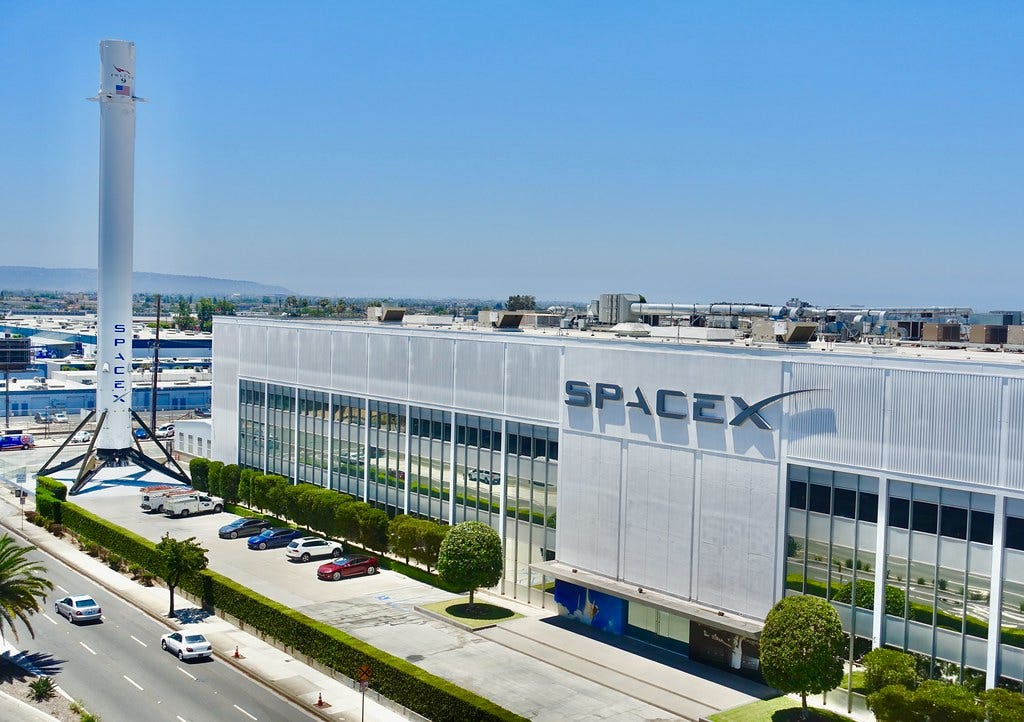The global satellite manufacturing industry stands at a critical investment inflection point, transforming from artisanal spacecraft construction to automated mass production systems that promise significant returns for well-positioned capital allocators. What was once a bespoke process dominated by defense contractors building individual custom satelli…
Keep reading with a 7-day free trial
Subscribe to The Journal of Space Commerce to keep reading this post and get 7 days of free access to the full post archives.



